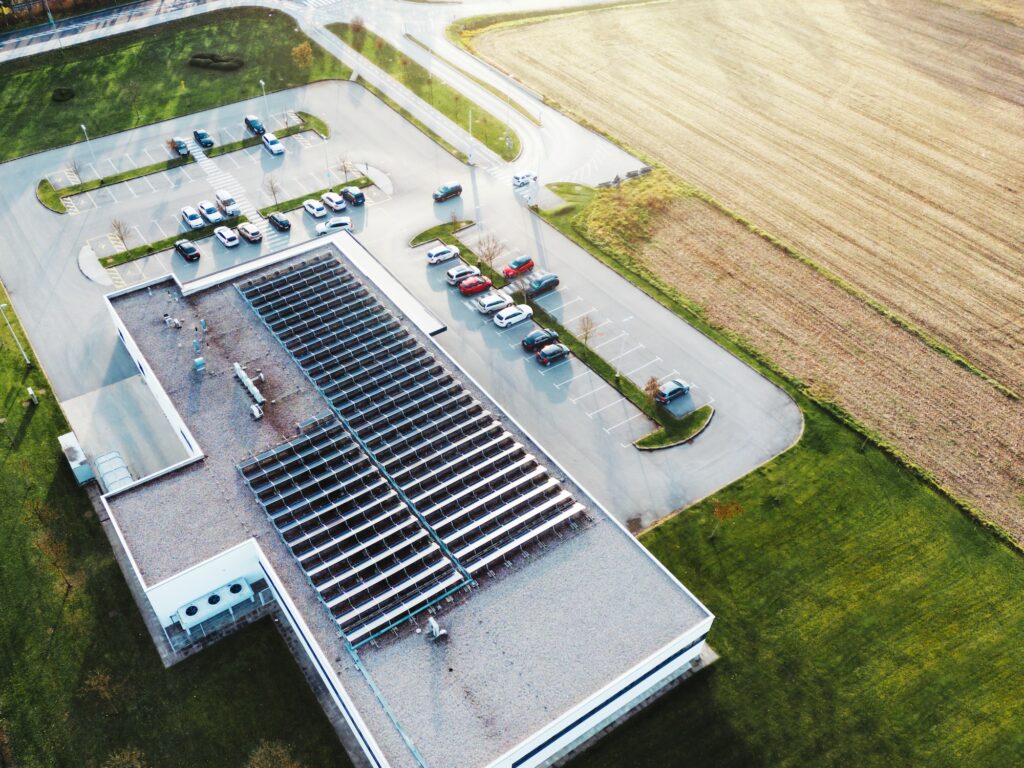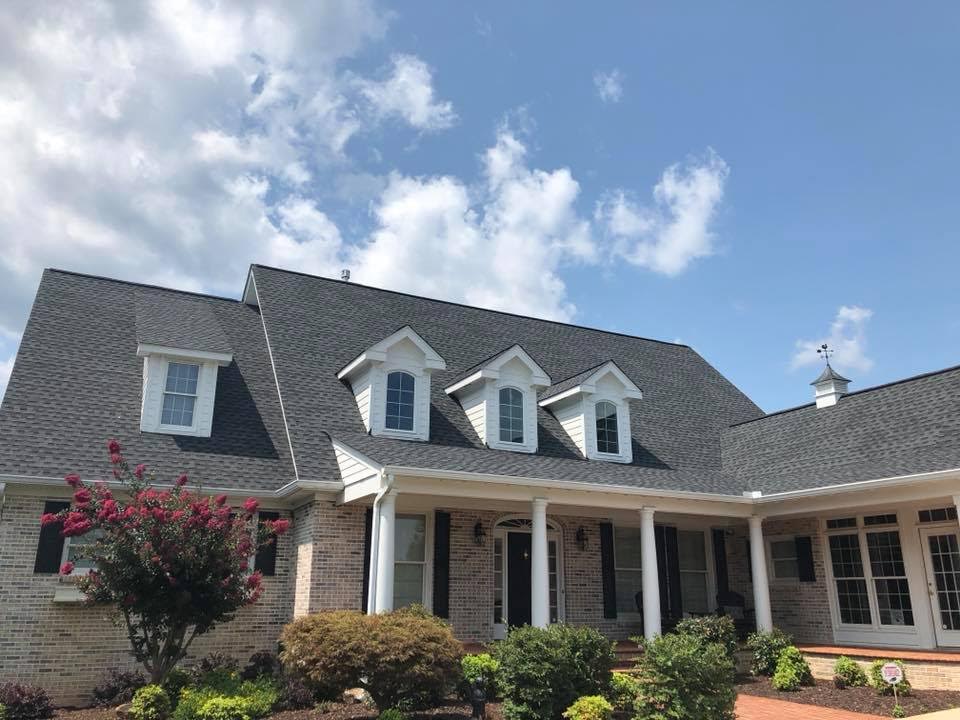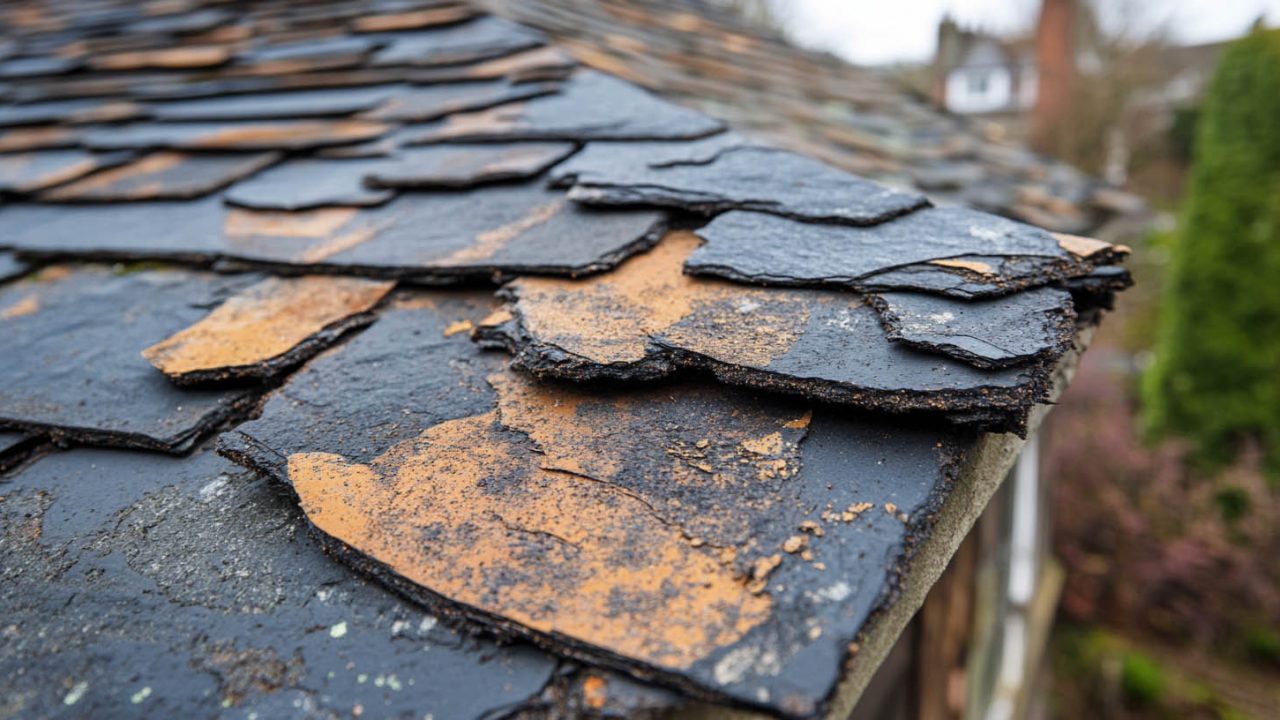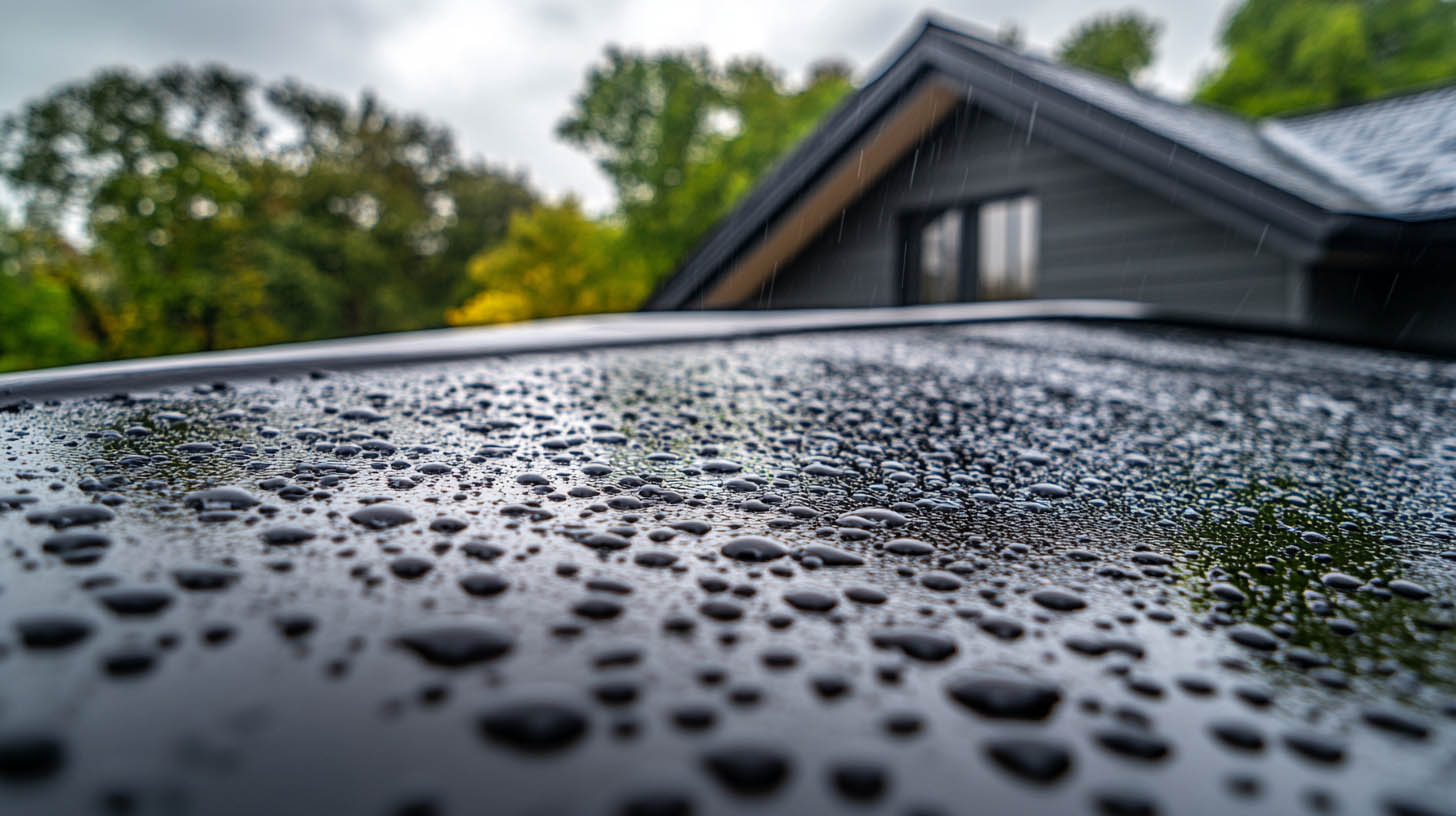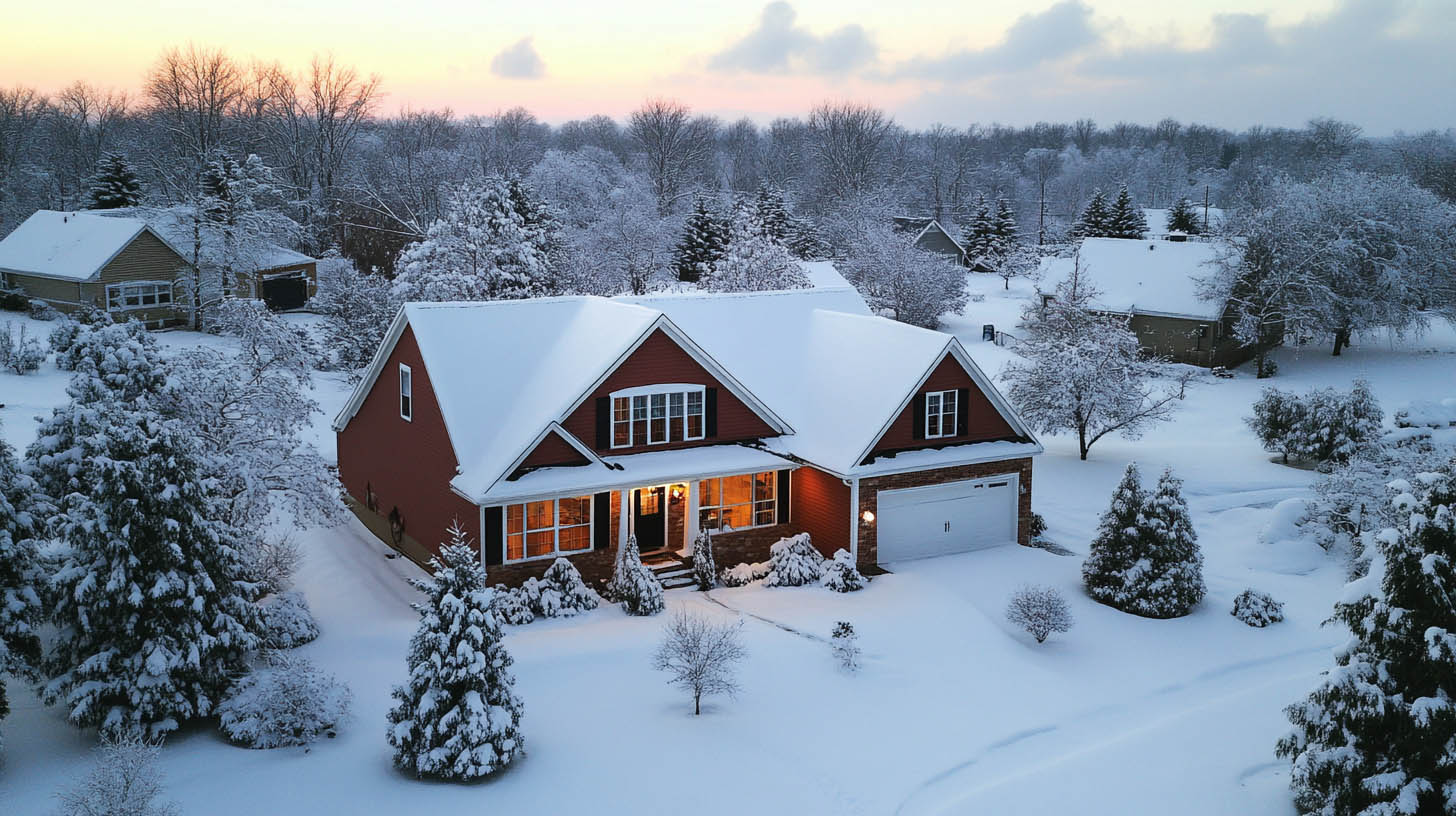Roof flashing is an essential component of any commercial building, protecting the roof’s structural integrity by directing water away from critical areas. However, various issues can damage roof flashing, leading to potential leaks and structural problems. Understanding these issues can help you take proactive measures to maintain your roof’s health.
United Contracting & Roofing LLC in Greenville, SC, highlights the importance of regular maintenance and professional inspections to prevent and address flashing damage effectively.
Membrane Shrinkage
Over time, the dimensional shortening of the roof membrane, known as shrinkage or tenting, can place significant pressure on the flashing and roof seams. This pressure can cause the flashing and seams to burst, allowing water to enter and cause further damage. Immediate attention from a commercial roof repair company is necessary to address this issue.
Poor Repair Jobs
Regular maintenance and professional repairs are crucial for the longevity of your roof. Poorly executed repairs can lead to problems such as leaking or billowing, where parts of the flashing become disconnected and damaged by high winds. In severe cases, bad repair jobs can result in part or all of the roof blowing away. Always hire experienced professionals to handle roof repairs.
Age
Roof flashing is not designed to last forever. Seasonal temperature fluctuations can cause flashing to warp, bend, or rust as the building settles and ages. Old flashing is likely to fail, compromising the roof’s protective capabilities. The lifespan of your roof and flashing depends on the roofing material, with asphalt roofs typically lasting 20 years and metal roofs up to 30 years.
Weather
Extreme weather conditions, such as heavy rain, high winds, snow, and ice, can take a toll on your roof and its flashing. Water can seep under the metal strips during melting snow or ice, then refreeze and expand, causing the flashing to change shape and lose its effectiveness. Regular inspections and maintenance are essential to mitigate weather-related damage.
Initial Installation
Proper installation of flashing is critical to its effectiveness. Errors during the initial installation can lead to long-term issues. To avoid such problems, ensure that experienced roofing professionals oversee the installation process and that all team members are adequately trained.
Accidental Damage
During inspections or repairs, individuals can unintentionally damage flashing by stepping on it incorrectly, causing dents or cracks. Such damage can allow water to penetrate the roof. Ensure that anyone working on your roof is knowledgeable about navigating and protecting the flashing.
Conclusion
Roof flashing is a vital yet vulnerable part of a commercial roof. Regular inspections and maintenance by professionals like United Contracting & Roofing LLC are essential to identify and address issues before they escalate. Preventative measures and timely repairs can save you from costly replacements and ensure the long-term protection of your building.If you want to know more about Best Practices for Ventilation and Insulation in Commercial Roofing, click here.

